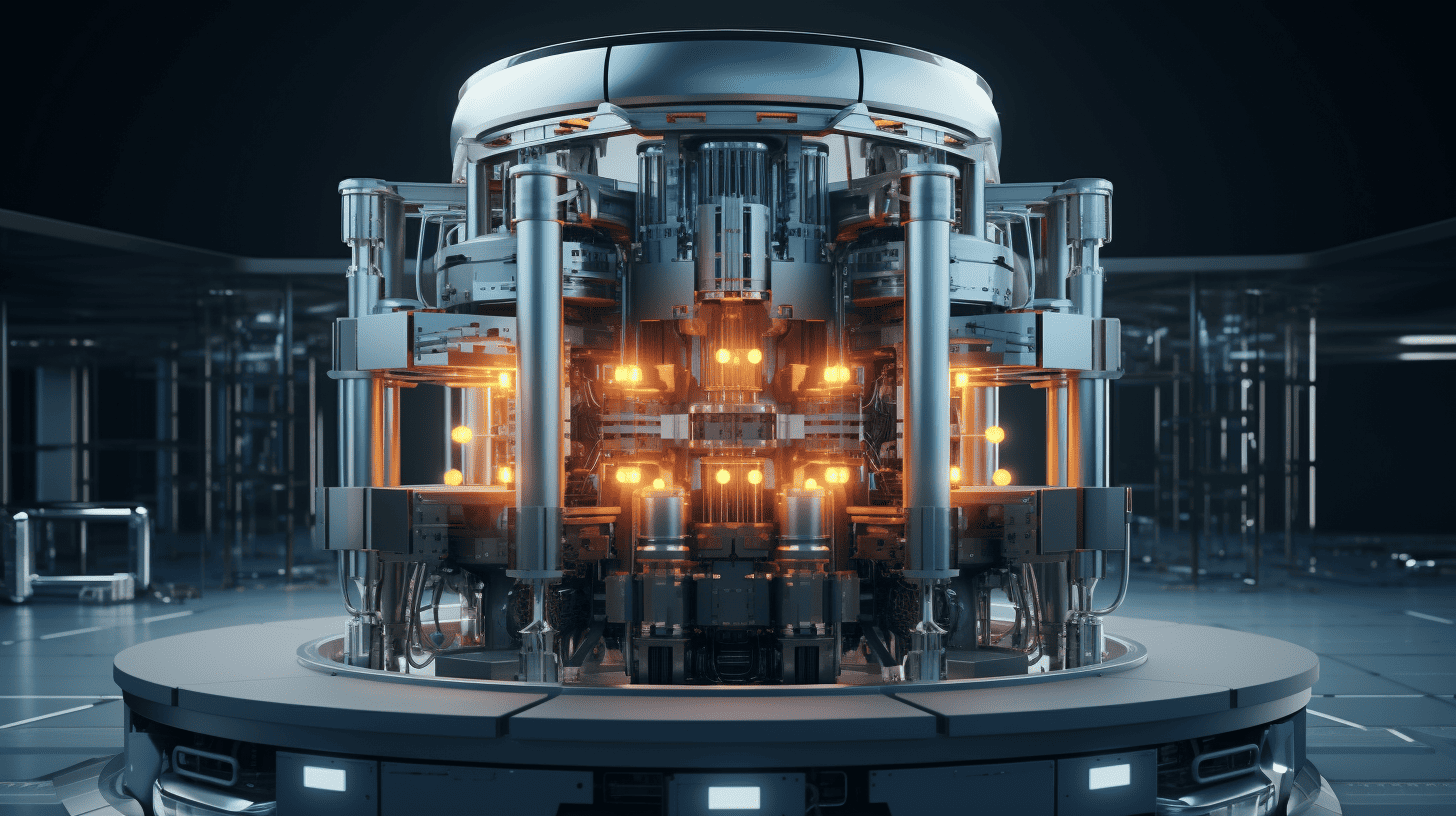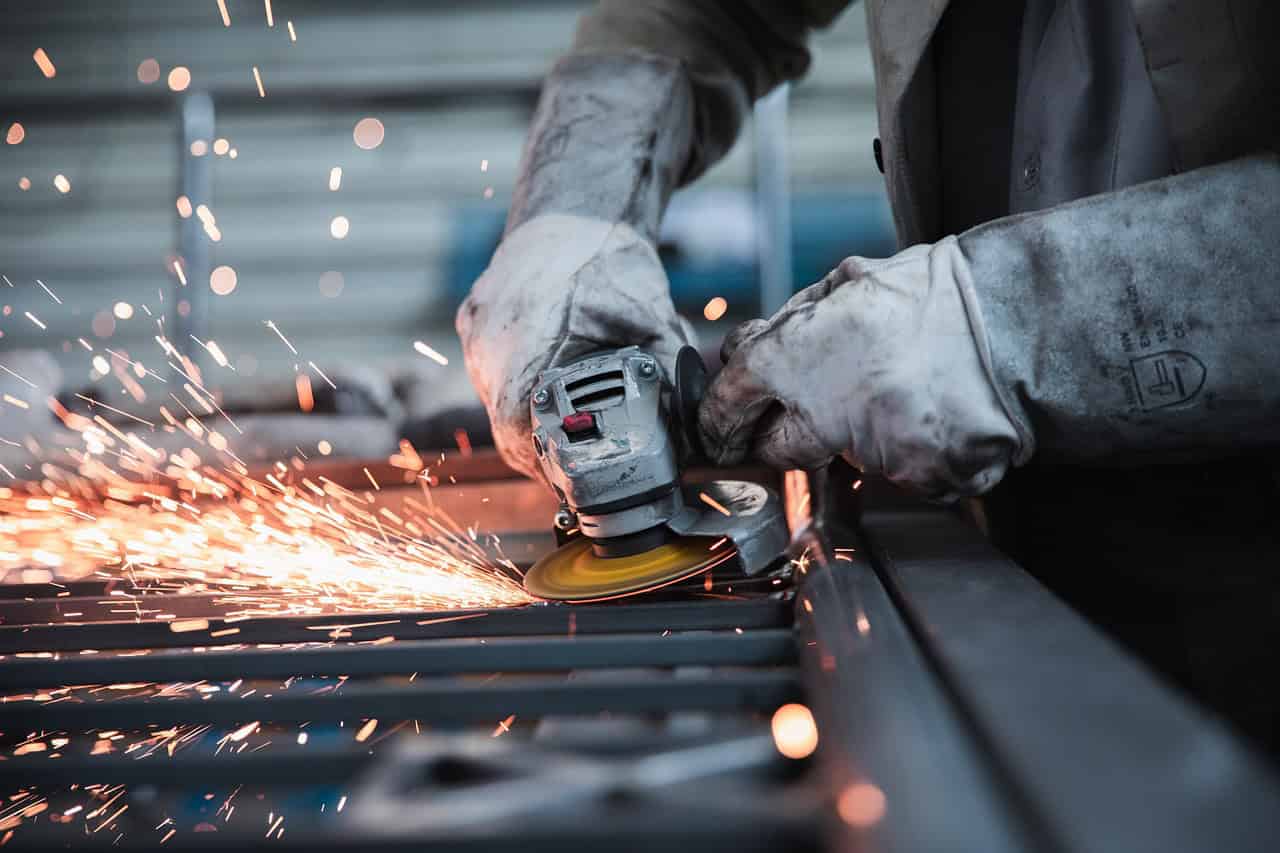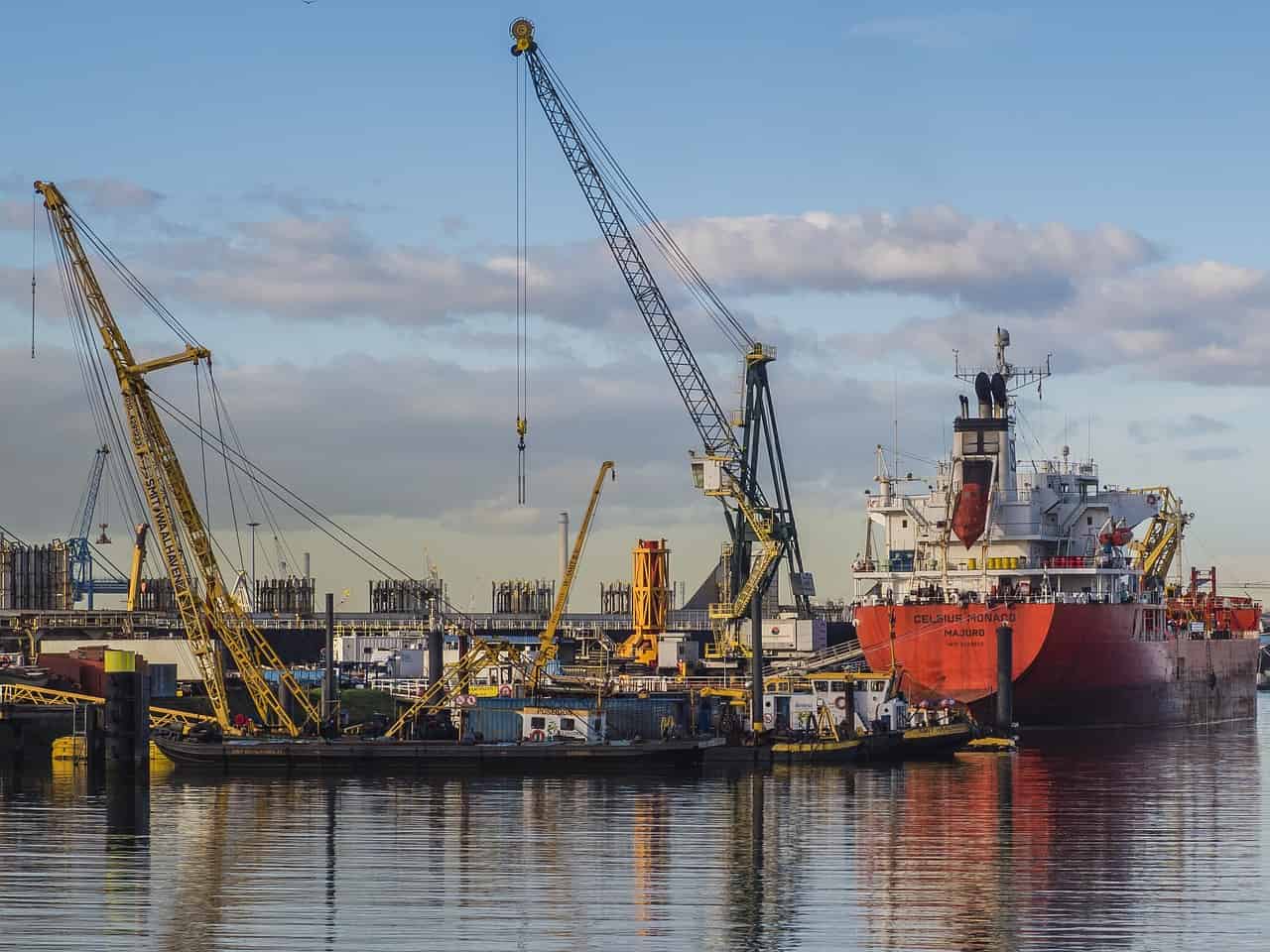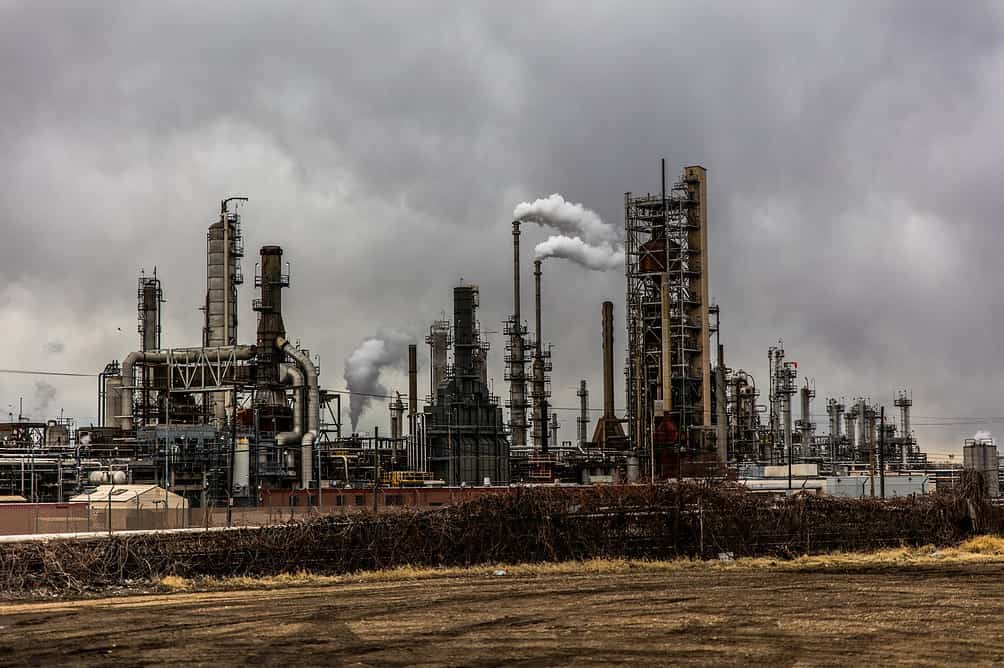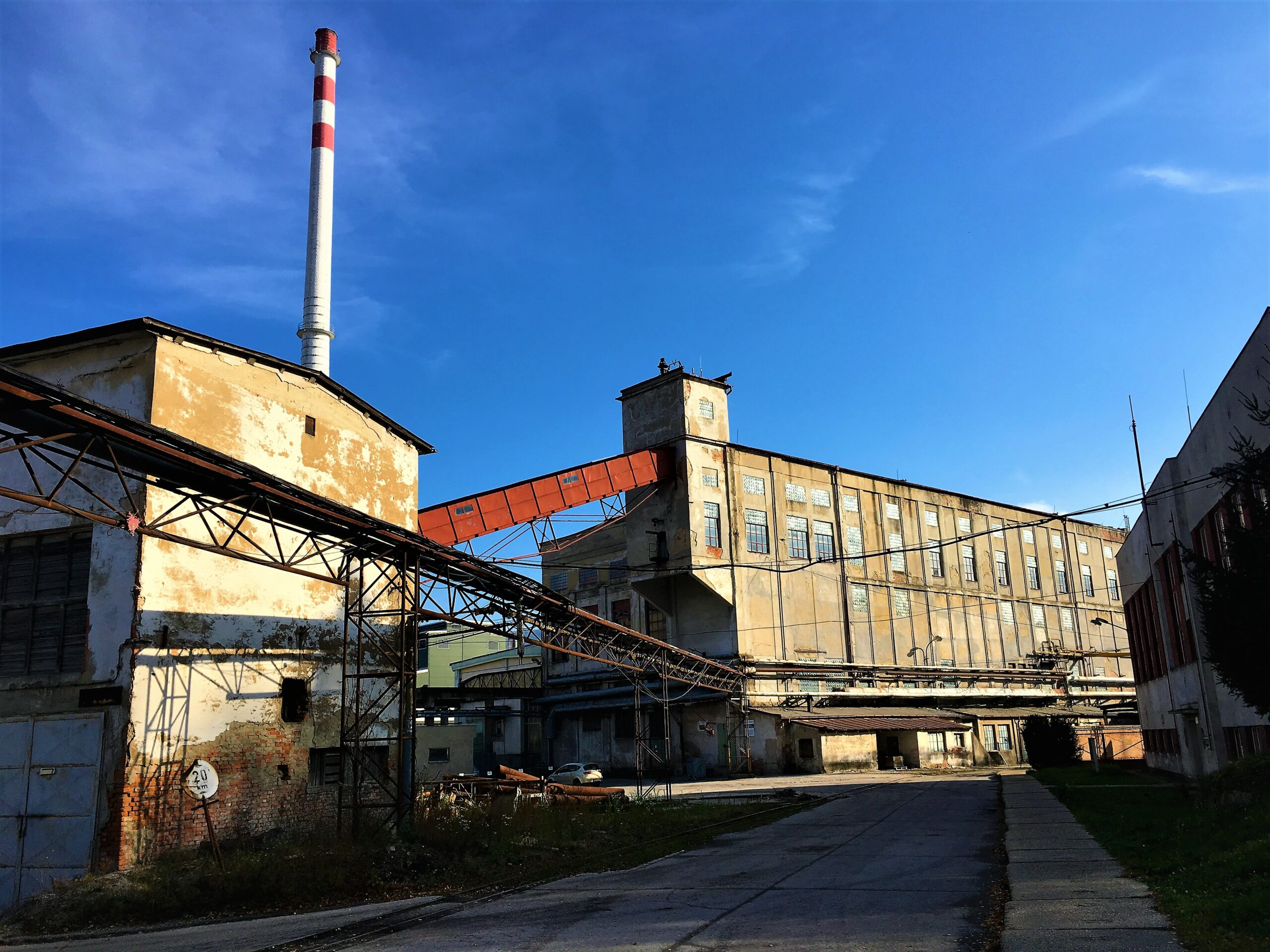
About Decarbonizing Europe
What does the Recovery and Resilience Facility entail?
Who is participating in the Recovery and Resilience Facility?
All the member states of the European Union. All member states? No, The Netherlands has not submitted plans as yet. Although, it became public knowledge at the end of January that hard work is going on behind the scenes in the Netherlands to secure some of those European billions.
What do the member states have to spend the money on?
At least 37 percent of the funding should be used for making their countries more sustainable and 20 percent for digitalization. In addition, there are also other key points:
– Smart, sustainable and inclusive growth
– Social and territorial cohesion
– Public health, economic, social, and institutional resilience
– Policy for future generations
What else is happening?
Apart from that, the EC has identified several so-called flagship areas:
– Power up
– Renovate
– Recharge and Refuel
– Connect
– Modernise
– Scale-up
– Reskill and upskill
What is Innovation Origins planning to do?
Over the next few months, we will be focusing on the implementation of these plans. We will be outlining what each country is doing to reduce CO₂ emissions, and we will be reporting on innovative projects. Infographics will allow you to compare the member states’ efforts with each other.
A crisis like the corona pandemic calls for decisive measures. The EU has freed up €723.8 billion in an effort to use the Recovery and Resilience Facility (RRF) to pull the European economy out of the recession caused by corona. In order to qualify for a share of this large bag of money, member states must submit a plan to the European Commission. In the series Decarbonizing Europe, we put those plans under a magnifying glass.
One of the main steel plants in Central Europe, several automotive manufacturing centers, and coal-fired power plants are some of Slovakia’s main drivers of greenhouse gas emissions. Industry represented – in 2019 – 21 percent of the country’s total emissions. Coal has long been the main source of power for industrial factories. It will be phased out by 2030 – and by 2023, the government will no longer support coal mining nor the electricity generation that comes from that. Nevertheless, the Slovakian Recovery and Resilience plan – RRP – lacks clarity and planning.
The European Commission is giving Slovakia 6.3 billion euros in subsidies, divided across 5 different components. The one being supported with the largest amount of money is the so-called Green economy – €2.3 billion in financing has been to allotted to it. The energy efficiency of buildings, sustainable transport, and renewable energy are some of its subcomponents.
Despite the fact that the Commission gave its approval – that Slovakia is to receive over €822 million in pre-financing – many aspects of the plan are still unclear.
“You should ask me this question in a half a year or a year because the key reforms are still being sketched out. We can’t assess it yet – climate-relevant strategies – which should be the grounds for this reform plan, are not yet up-to-date. We don’t know if it is going to work or not,” replies Dana Marekova when asked about her view on the plan. She is an environmental campaigner active within the Klimatická koalícia – climate coalition – a cohort of environmental NGOs.
Slovakian industry in need of decarbonization
In addition to the aforementioned figure regarding industry emissions – related to industrial processes and product use – 16 percent of the greenhouse gases – GHG – emissions in 2019 came from manufacturing industries and construction.
The US Steel plant of Kosice, in particular, is responsible for18 percent of the whole country’s GHG emissions. In a recent visit to the company’s headquarters in Pittsburgh, the Slovak Finance Minister Igor Matovič announced a €1.5 billion plan to replace the fossil-fuelled furnaces with electrical ones. “There’s no other way to help U.S. Steel Košice than to decarbonize” underlined Matovič, pointing out the relevance of the Kosice plant. Over 10.000 employees work at the steel plant and if no action is taken, steel manufacture will cease to exist.
NextGeneration EU
The corona crisis is one of the biggest challenges of our time. The European Union, through NextGenerationEU – the largest recovery plan ever at €806.9 billion – aims to help its member states emerge stronger from the crisis. The Recovery and Resilience Facility (RRF) is at the heart of this plan (€723.8 billion).
The RRF has two goals: first, to pull the European economy out of the recession caused by the corona pandemic. At the same time, it is designed to give an impetus to important investments for the future and measures for rolling out reforms.
All 27 member states have submitted plans. Whether all the money is actually disbursed depends on a final assessment of the projects. For example, countries must spend at least 37 percent of their budgets on climate action and 20 percent on digitalization.
Within the green economy component of the Slovak RRP, a share of the budget is being set aside for the decarbonization of industry – to the tune of over €368 million. However, it has not yet been specified how the money will be invested.
“This shows Slovakia’s sate of unreadiness when it comes to investing the RRF money. Decarbonization of industry covered by the Emission Trading System – ETS – is being left to the market. Our hope is that other sectors will be well-regulated by the national climate law, which is in the pipeline. Responsibilities of different ministries are vague and their readiness to implement the plan is highly questionable” emphasizes Marekova.
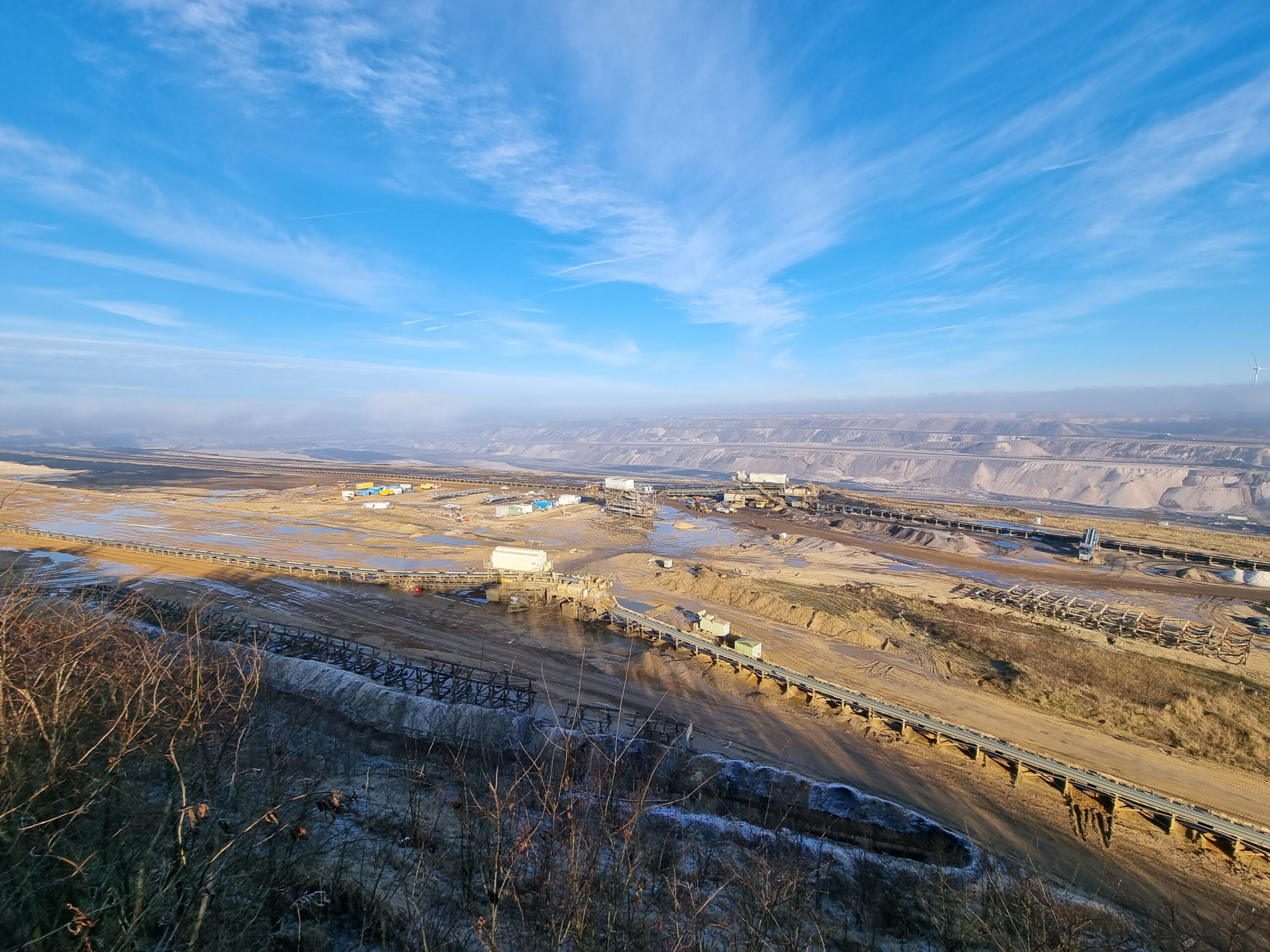
Not enough money on renewable energy
Nearly the same could be said about the investments in renewables. About €227 million is being allocated to renewables in the country – either upgrading the existing plants or building new ones. The precise allocation of the funding is expected in the coming weeks, while decarbonizing schemes should be known by the end of the year.

As per the plan, over €100 million is being set aside for electricity from new Renewable Energy Sources – RES. Furthermore, €62 million will repower some existing sources. An equal amount will improve the electricity grids’ flexibility for the integration of RES. These amounts are not enough, according to an assessment made by the NGO Bankwatch Network. The paper underlines how Slovakia also falls short in its National Energy and Climate Plan – the NECP.
In this regard, the Slovak NECP is not in line with the latest EU renewable energy targets. Currently, the EU is pushing for 40 percent of energy coming from renewable sources by 2030 within the Fit for 55 initiative. Slovakia’s NECP set the goal at 19.2 percent, which was already insufficient considering that the EU target was set at 32 percent. The Fit for 55 plan aims to cut emissions by 55 percent by that time.
Nuclear power replaced coal
In the past thirty years, the country has relied less and less on coal. According to IEA numbers, coal accounted for about 30 percent of Slovakia’s energy supply in 1990 witha total amount of over 327,000 terajoules. While in 2020, less than 20 percent of the energy came from coal – about 90,000 terajoules.
The figures on electricity generation show that nuclear power, natural gas and hydropower are the main sources of energy. Specifically, about 60 percent of the electricity generated in the country in 2020 came from nuclear power. Last February, the EU included nuclear power in its taxonomy of sustainable activities.
Marekova: “Nuclear power can’t be the solution. In my view, it’s not only dangerous but quite costly, if we are to respect post-Fukushima safety rules. I don’t think it is efficient either. Switching it off now – given the situation with Russia – is something we can’t do. Yet, we have to think about what sustainable sources are and how we can generate power in a different way.”

Better railways and buildings’ energy efficiency
As far as mobility is concerned, the Slovak RRP plans to implement several transport reforms – freight transport, public transport and alternative powertrains are the respective areas. In addition, the development of low-carbon transport infrastructure is being pursued. The largest investment will go to the railroad network – about 550 million euros for the modernization of the infrastructure and the overhaul of the service timetables. Furthermore, more than 100 million euros will be allocated to encourage bicycle mobility.
In light of the impact buildings have on GHG emissions, two action plans to refurbish Slovak housing have been drawn up. Family houses will receive €528 million, while public and historic buildings will get €200 million to realise this.
Slow process
Slovakia is not shying away from the green transition, but the pace is slower than in other EU member states. “Don’t get me wrong, things are not all black or white. But the decarbonization and transition of our society is proceeding too slowly, given the sense of urgency based on the scientific data and the geopolitical situation,” Marekova explains.
“In the midst of the ambiguity of the RRP, I have high hopes for the implementation unit, led by Lívia Vašáková, who has a bit of a background in the EU Commission. The Slovak plan did not engage stakeholders in the most appropriate way, but if she manages to get the right people in the right place and on time, then hopefully it will work. Implementation is crucial, but it is too early yet to predict the results,” Marekova sums up.
In the picture, the Cigel coal mine
Support us!
Innovation Origins is an independent news platform that has an unconventional revenue model. We are sponsored by companies that support our mission: to spread the story of innovation. Read more.
At Innovation Origins, you can always read our articles for free. We want to keep it that way. Have you enjoyed our articles so much that you want support our mission? Then use the button below:



